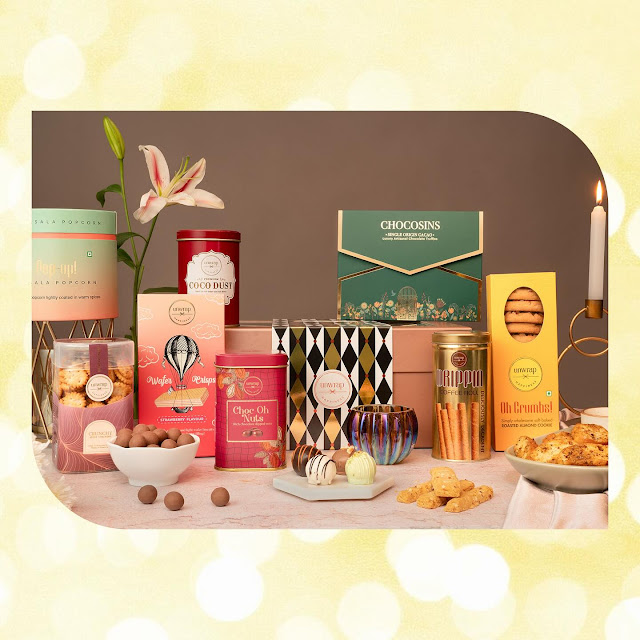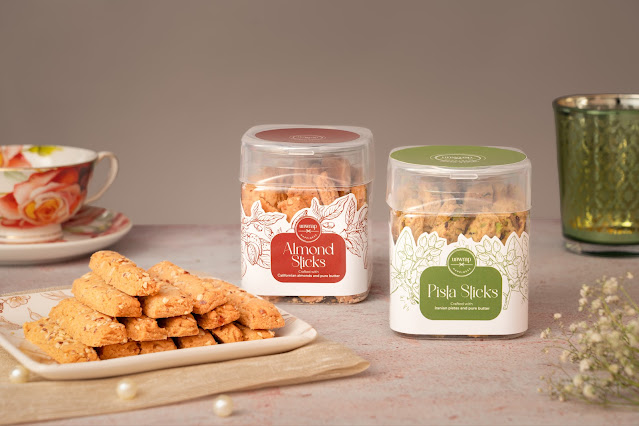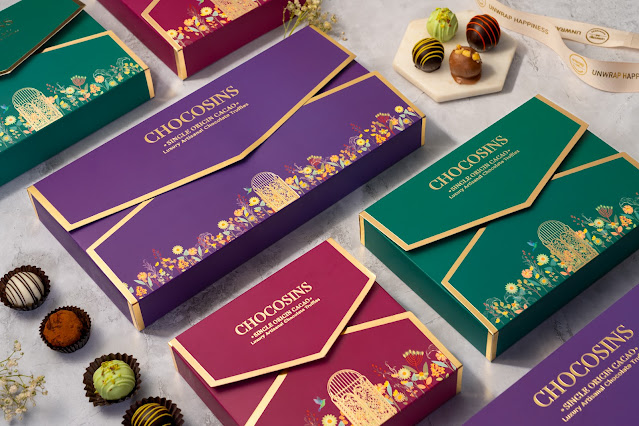The World’s Largest Chocolate Manufacturers: Who’s Leading the Sweet Race.
From Pod to Perfection: The Story of Chocolate
What Exactly Is Chocolate?
Chocolateis more than just a sweet treat—it’s a culinary marvel crafted from the seeds
of the cacao tree (Theobroma cacao). These seeds, or cocoa beans, are naturally
bitter and undergo a complex transformation involving fermentation, roasting,
and grinding to become the rich, smooth delight we all know and love. Whether
melted into a liquid, molded into bars, or whipped into desserts, chocolate
remains one of the world’s most cherished indulgences.
Chocolate Varieties: The Flavor
Spectrum
- Dark Chocolate
- Made with cocoa solids,
cocoa butter, and sugar.
- Deep, bold flavor with a
touch of bitterness.
- Packed with antioxidants.
- Milk Chocolate
- Includes cocoa solids,
cocoa butter, sugar, and milk solids.
- Creamy, mellow, and a
global favorite.
- White Chocolate
- Contains cocoa butter,
sugar, and milk solids (no cocoa solids).
- Sweet, buttery, and pale
ivory in color.
- Ruby Chocolate
- Naturally pink, made from
special ruby cocoa beans.
- Offers a unique fruity,
tangy taste.
- Gianduja
- A luxurious blend of
chocolate and ground nuts (typically hazelnuts).
- Nutty, creamy, and
ultra-smooth.
- Raw Chocolate
- Produced from unroasted
beans to retain more natural nutrients.
- Popular among
health-conscious and vegan consumers.
The Chocolate-Making Journey: Step by Step
- Harvesting
- Ripe cocoa pods are
handpicked and opened to reveal 20–50 beans each.
- Fermentation
- Beans are covered and left
to ferment for 5–7 days, developing their signature flavor.
- Drying
- Sun-dried for several days
to reduce moisture and prevent mold.
- Roasting
- Roasting enhances aroma,
flavor, and loosens outer shells.
- Winnowing
- Roasted beans are cracked,
separating the nibs (the essence of chocolate) from the shells.
- Grinding
- Nibs are ground into a
thick liquid called cocoa liquor—pure chocolate in its raw form.
- Pressing (Optional)
- The liquor may be pressed
to extract cocoa butter and cocoa powder.
- Mixing
- Key ingredients like cocoa
butter, sugar, milk solids, and flavorings are blended.
- Refining
- The mixture is finely
ground until it reaches a silky-smooth texture (20 microns or less).
- Conching
- A slow heating and stirring
process that improves texture and mellows flavor.
- Tempering
- Chocolate is carefully
cooled and reheated to ensure a shiny finish and clean snap.
- Molding & Cooling
- Liquid chocolate is poured
into molds, cooled, and set into final shapes.
- Packaging
- Every piece is checked for
perfection before being wrapped and shipped out.
Chocolate Molds: Craft Meets
Creativity
A Sweet Slice of History
- Early molds (1800s) were
metal and ornate.
- Plastic molds later
revolutionized home chocolate-making.
Pro Tips for Using Chocolate Molds
- Pick detailed, sturdy molds
for crisp shapes.
- Skip soap—rinse with hot
water only.
- Proper tempering ensures
easy release and a glossy finish.
Biscuits: Crunchy Classics That Cross Cultures
What Is a Biscuit?
A biscuit
is a baked good made from a mixture of flour, fat, sugar or salt, and leavening
agents. Sweet or savory, biscuits are enjoyed worldwide in countless forms—from
buttery shortbread to crispy crackers.
🗺 Fun Fact: In the U.S., "biscuits"
are soft, fluffy breads. Elsewhere, especially in the UK and India, the term
refers to crisp baked snacks—often sweet.
A Brief History of Biscuits
From
ancient travel provisions to afternoon tea staples, biscuits have journeyed far
and wide. Early recipes used honey and dried fruit; medieval versions embraced
spices like cinnamon and cloves. The 19th century saw the rise of mass
production, bringing favorites like digestive biscuits and shortbread to store
shelves across Europe and beyond.
Biscuit Categories
- Crackers
- Savory and crisp—perfect
with cheese or spreads.
- Includes cream crackers,
saltines, and soda crackers.
- Semi-Sweet Biscuits
- Lightly sweet, dry, and
often served with tea.
- Marie, Petit Beurre, and
Rich Tea are popular examples.
- Short Dough Biscuits
- Rich and crumbly thanks to
high butter content.
- Think: shortbread, custard
creams, and digestives.
- Cookies
- Dense, chewy, or soft with
rich add-ins.
- Includes chocolate chip,
nutty, or cream-filled types.
Biscuit Manufacturing Process
- Mixing – Ingredients are combined
into a uniform dough.
- Forming – Dough is shaped or
stamped using rollers or molds.
- Baking – Tunnel ovens cook the
biscuits at precise temperatures.
- Cooling – Biscuits are cooled on
conveyors to avoid condensation.
- Packaging – Sealed in moisture-proof
wrappers for freshness.
Bonus
Step: Sandwich biscuits include an added layer of cream or jam between two
biscuit halves.
Biscuits: A Snack for Every
Nation
Biscuits
are universal. From Scottish shortbread to Japanese matcha cookies, each
culture has its own take. What unites them all is the simple joy of a baked
treat that’s crisp, comforting, and infinitely customizable.
Wafers: Delicate Layers of Delight
What Makes a Wafer Special?
Wafersare thin, crisp, and light. Their airy structure and subtle sweetness make them
ideal for pairing with chocolates, creams, and fruit flavors—or for enjoying
solo as a low-fuss snack.
Wafer Traditions from Around the
World
- Communion Wafers (Religious rituals)
- Spa Wafers (Czech/Slovak filled
rounds)
- Molnárkalács (Hungarian embossed wafers)
- Christmas Wafers (Opłatek) – Shared during
Polish/Lithuanian festivities
- Oblea (Latin American sweet
wafers with caramel or fruit)
- Pink Wafers (British nostalgic snack)
- Freska (Egyptian honey-filled
summer treat)
Popular Wafer Flavors
Choco
Delights – Milk
Chocolate, Mocha, Hazelnut
Fruity Fun – Strawberry, Mango, Lemon, Pineapple
Nutty Notes – Pistachio, Peanut Butter, Cashew
Dessert Inspired – Tiramisu, Cheesecake, Cookies & Cream
Whimsical Picks – Cotton Candy, Bubblegum, Birthday Cake
Wafer Production Process
- Batter Preparation – Made with flour, starch,
oils, and leavening.
- Baking – Poured onto hot plates to
form crisp sheets.
- Cooling – Prevents sogginess and
locks in crunch.
- Cream Making – Whipped fats, sugar, and
flavors become the filling.
- Layering – Cream is spread between
wafer sheets.
- Setting – Layers are cooled to firm
up.
- Cutting – Sliced into neat bars,
sticks, or fingers.
- Chocolate Coating (Optional) – Dipped or enrobed in
chocolate.
- Packaging – Quality-checked and
sealed for freshness.
Final Thoughts
From the
careful tempering of chocolate to the delicate layering of wafers and the
buttery crunch of biscuits, each product is a masterpiece of food engineering
and craftsmanship. Whether you're a chocoholic, a biscuit fan, or a wafer connoisseur—there's
a story behind every bite.
What is a Snack?
A snack
is a small portion of food typically consumed between main meals. These
mini-meals are meant to satisfy hunger, provide a quick energy boost, or simply
offer a moment of indulgence. Snacks can be homemade using everyday
ingredients or commercially packaged for convenience and longer shelf
life.
✨ Traditional vs. Modern Snacks
Traditionally,
snacks were made using easily available ingredients at home — such as fresh
fruits, nuts, leftover food, sandwiches, sweets, and cold cuts — requiring
minimal preparation.
However,
with the rise of supermarkets and convenience stores, ready-to-eat snack
foods have become a booming industry. These packaged snacks are
designed to be portable, tasty, and shelf-stable, often enhanced with
preservatives, flavorings, and appealing ingredients like chocolate, spices,
or peanuts.
Snacks
are also categorized based on time of consumption. For instance, a snack
consumed before bed is often referred to as a bedtime snack or midnight
munchie.
Types of Snacks (A Glimpse)
- Potato Chips
- Corn Puffs
- Trail Mix
- Chocolate Bars
- Cookies & Biscuits
- Popcorn
- Nuts & Seeds
- Pakoda, Samosa, Chaat
- Muffins, Donuts
- Yogurt, Smoothies
- Frozen Fruits, Dried Berries
- Sandwiches, Cheese Cubes
- Crackers, Granola Bars
- Ice Cream or Jell-O
How Are Snacks Manufactured?
Industrial
snack production involves a series of carefully controlled steps to ensure
consistency, flavor, and food safety.
1. Ingredient Selection & Preparation
High-quality
ingredients such as corn, rice, wheat, pulses, spices, and flavorings
are chosen. These are cleaned, measured, and blended according to the product
recipe.
2. Mixing & Dough Making
Dry and
wet ingredients (including oils and liquids) are combined to form either a dough
or batter, based on the snack type. This mixture must be uniform in texture
and moisture content.
3. Shaping or Extrusion
- Extruded snacks (like rings or curls) are
processed using an extruder that shapes and partially cooks the
snack under heat and pressure.
- Cut or molded snacks (like crackers or sticks)
are rolled and shaped using dies or molds.
4. Cooking Methods
- Frying: Snacks like chips or
namkeen are deep-fried until golden and crisp.
- Baking: Crackers and
health-focused snacks are baked in ovens.
- Puffing: Some snacks expand and
crisp up due to rapid pressure release during extrusion.
5. Flavoring & Coating
Seasonings
such as masala, cheese, herbs, or sweet coatings are uniformly applied
using rotating flavor drums or spray systems.
6. Cooling
Products
are cooled to ambient temperature using fans or conveyors. This step helps
retain crunchiness and prevents condensation in packaging.
7. Packaging
Snacks
are packed using automated machines in air-tight pouches, tubs, or
cartons. Often, nitrogen flushing is done to preserve freshness and
prevent spoilage.
8. Quality Assurance
Each
batch is tested for parameters like:
- Taste & texture
- Oil content
- Weight consistency
- Microbial safety
- Packaging integrity
️ Popular Flavor
- Savory: Tangy tomato, spicy
masala, cheesy, minty.
- Sweet: Chocolate drizzle,
caramel, honey-glazed, jaggery-coated.
- Fusion: Peri-peri, Thai chili,
schezwan spice, BBQ-masala blends.
Gift Hampers
– Thoughtfully Curated, Perfectly Delivered
A gifthamper is more than a present — it’s a heartfelt gesture wrapped in
elegance. Curated with care and themed around celebration, indulgence, or
comfort, these beautifully packaged collections bring together handpicked items
that reflect the occasion and the personality of the recipient.
From festive
sweets and gourmet treats to wellness essentials and personalized
treasures, gift hampers offer the perfect balance of thoughtfulness and
surprise.
Popular Gift
Hamper Themes
- Festive Hampers
For Diwali, Christmas, Eid, or Holi – filled with traditional sweets, dry fruits, and decor accents. - Gourmet Food & Beverage
Hampers
A luxurious mix of artisanal chocolates, cookies, cheeses, teas, and coffee blends. - Corporate Gift Hampers
Elegant combinations of branded goodies, snacks, and lifestyle products — perfect for employee appreciation or client gifting. - Custom & Personalized
Hampers
Add a unique touch with engraved keepsakes, monogrammed gifts, handwritten notes, or themed packaging.
Why People
Love Gift Hampers
- Versatility: Ideal for birthdays,
anniversaries, festivals, housewarmings, or business milestones.
- Customization: Tailored selections to
match tastes, interests, and themes.
- Visual Appeal: Beautiful presentation in
boxes, baskets, or eco-friendly wraps makes every hamper feel extra
special.
- Convenience: One thoughtfully arranged
package with multiple items — ready to gift, easy to love.
- Emotional Connection: Whether joyful,
comforting, or celebratory, hampers express your feelings in a tangible,
meaningful way.
Celebrate
with Signature Hampers from Unwrap Happiness
Delight
your loved ones or impress your clients with our handcrafted hampers —
featuring everything from decadent cakes and cookies to luxury teas,
candles, and elegant bottles. Each hamper is artfully arranged and wrapped
with love to make every moment unforgettable.





Comments
Post a Comment